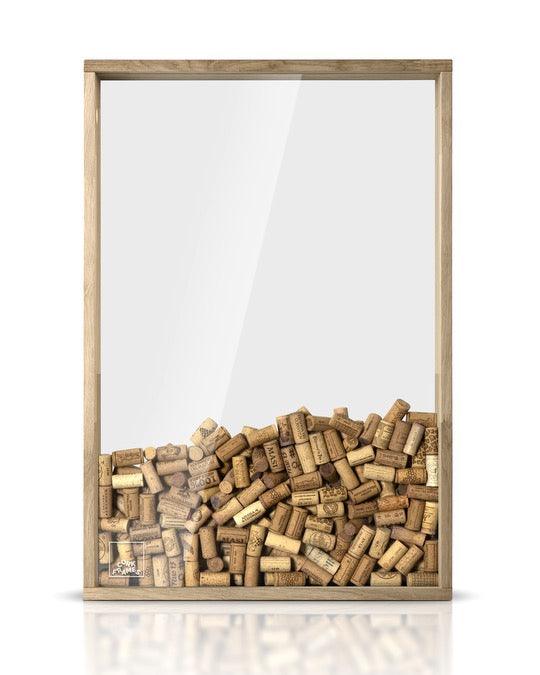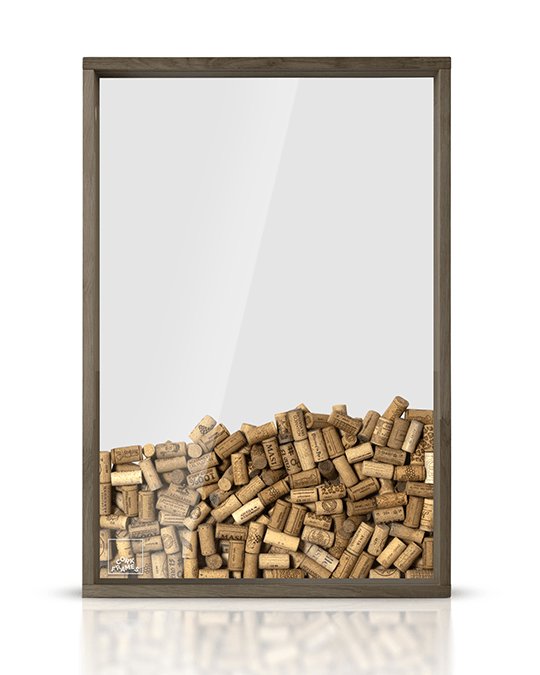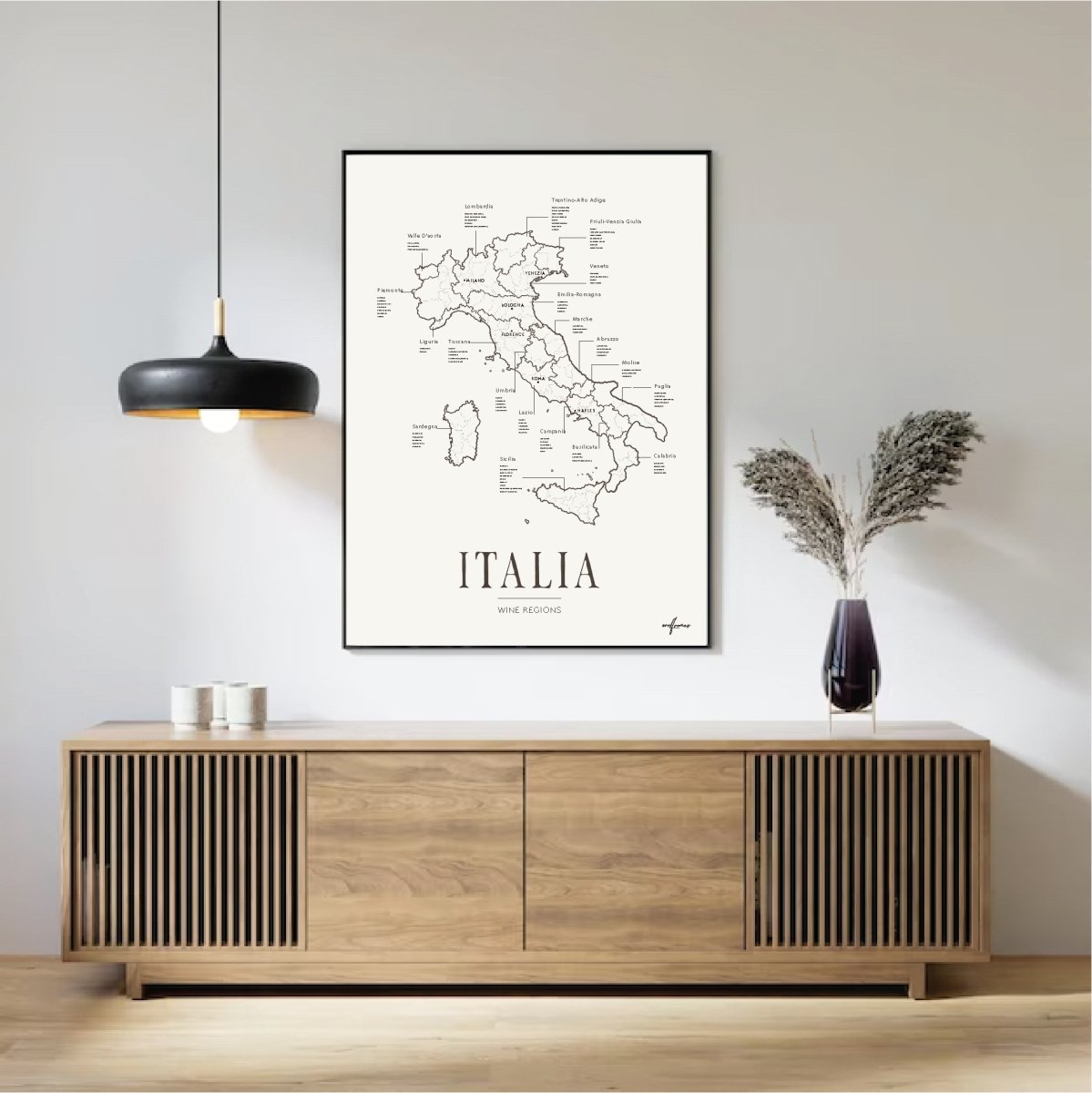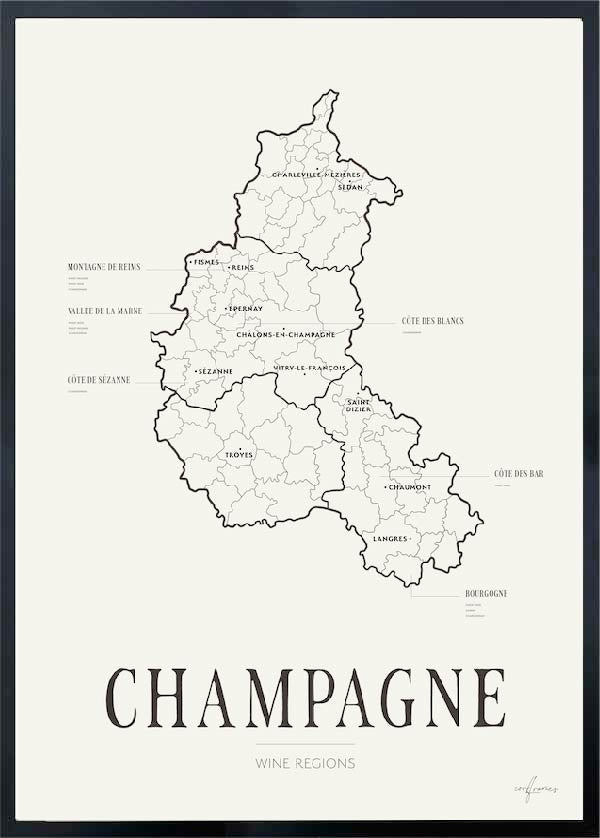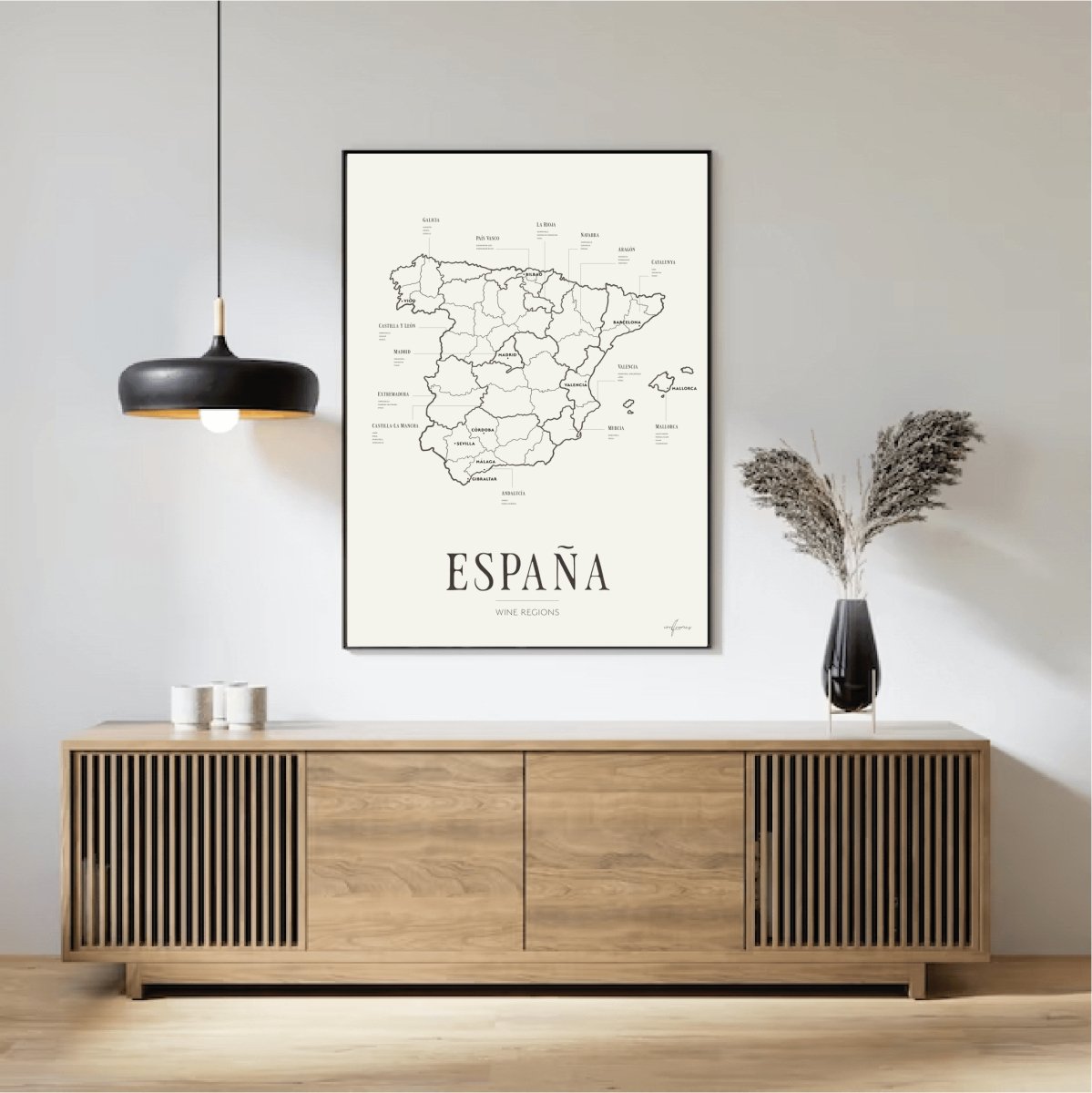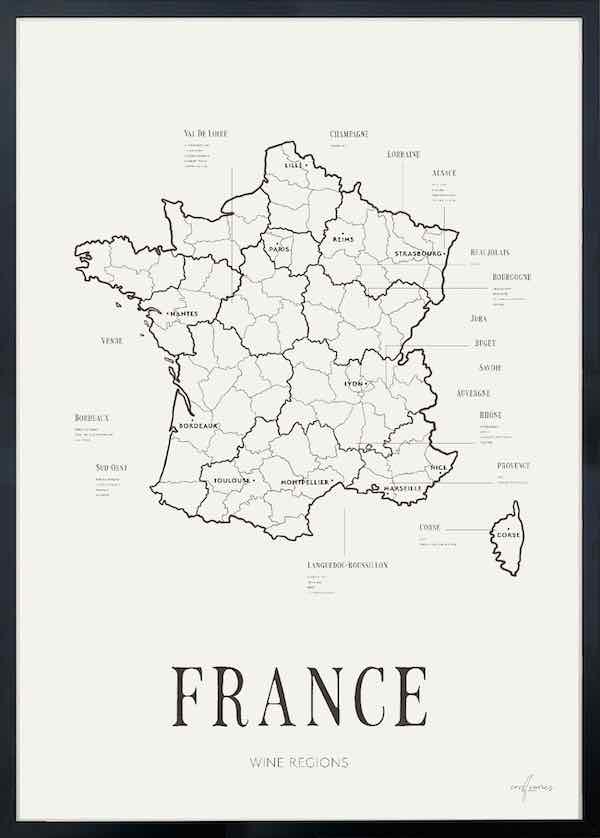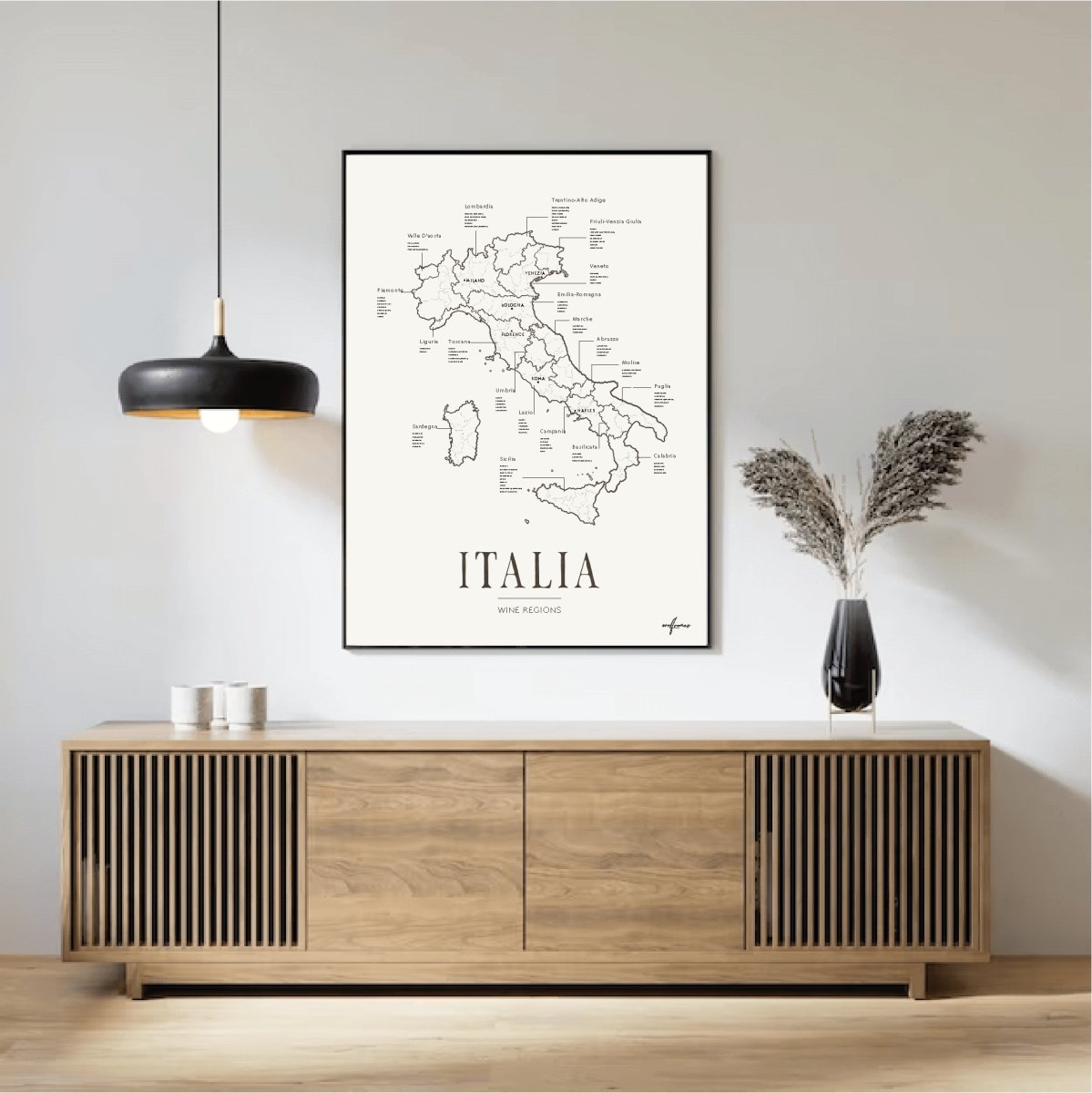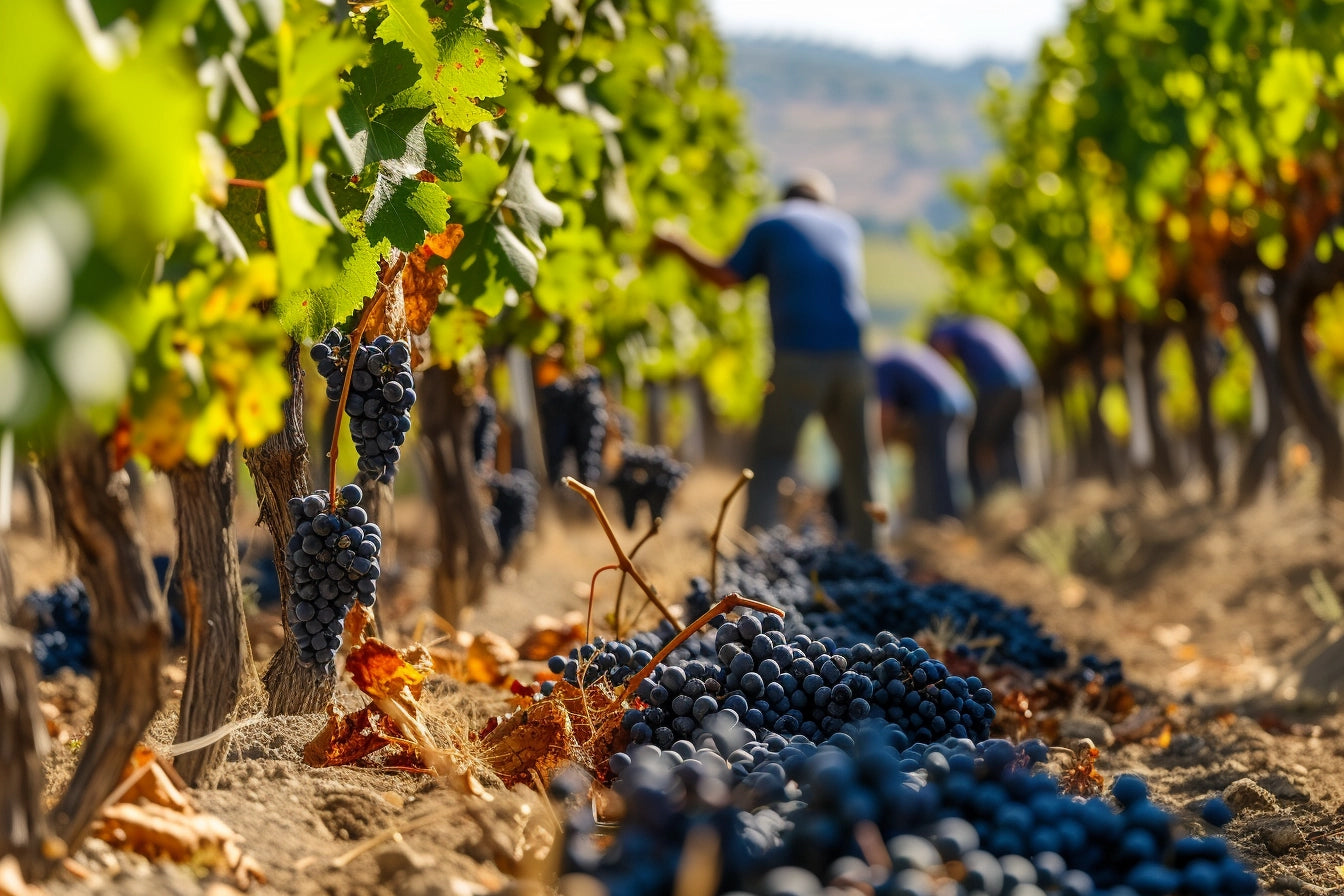Romania, often overlooked in the global wine conversation, boasts a viticultural history that stretches back over 6,000 years, making it one of the oldest wine-producing countries in the world. Ancient Thracians cultivated vines here, and the Romans further refined winemaking techniques, leaving an indelible mark on the region.
Despite centuries of foreign rule and, more recently, decades of communist collectivization which prioritized quantity over quality, Romanian wine is now experiencing a remarkable renaissance, re-establishing its place on the international stage.
Diverse Terroir and Indigenous Varietals
One of Romania's greatest assets is its incredibly diverse terroir. Situated at roughly the same latitude as Bordeaux, its varied landscape – from the Carpathian Mountains' foothills to the Black Sea coast – offers a wide range of microclimates and soil types. This diversity allows for the cultivation of both international grape varieties (such as Merlot, Cabernet Sauvignon, Chardonnay, and Sauvignon Blanc) and a fascinating array of indigenous grapes, which are truly the jewels in Romania's vinous crown.
Key Indigenous Red Varietals:
Fetească Neagră: Meaning 'Black Maiden', this is arguably Romania's most important red grape. It produces wines with deep color, good structure, and complex aromas of black fruits, plums, spices, and sometimes a hint of smokiness. It's often compared to some Central European noble varieties.
Băbească Neagră: 'Old Woman's Black', this lighter-bodied red offers bright cherry and sour cherry notes, high acidity, and sometimes an earthy undertone. It's often consumed young and is perfect for pairing with lighter meals.
Negru de Drăgășani: A robust, relatively new crossing that is gaining traction for its intense color, firm tannins, and flavors of dark berries, chocolate, and herbs.
Key Indigenous White Varietals:
Fetească Albă: 'White Maiden', this traditional grape yields aromatic, refreshing wines with notes of apple, peach, and floral undertones.
Fetească Regală: 'Royal Maiden', a natural cross of Fetească Albă and Grasă de Cotnari. It produces more full-bodied and aromatic wines than Fetească Albă, with notes of ripe pear, honey, and wildflowers, often with a pleasant minerality.
Grasă de Cotnari: Primarily grown in the Cotnari region, this grape is famous for producing exquisite sweet, botrytized wines, often compared to Tokaji. It offers rich aromas of apricot, honey, and noble rot.
Tămâioasă Românească: A Muscat-family grape, known for its intense aromatic profile of rose petals, basil, and lychee. It can be made in dry, off-dry, or sweet styles, always showcasing its perfumed character.
Major Wine Regions and Their Specialties
Romania is divided into several historical wine regions, each with its own character and specialties:
Moldova: The largest region, known for its whites (especially Grasă de Cotnari and Fetească Regală) and robust reds.
Muntenia & Oltenia: Southern regions producing a range of reds, particularly Fetească Neagră, and some international varieties.
Transylvania: Cooler climate, producing aromatic whites like Fetească Albă and good-quality sparkling wines.
Dobrogea: Close to the Black Sea, known for its rich reds and some excellent sweet wines.
Crisana & Maramures: Smaller regions with growing potential.
Banat: Western region, producing a variety of wines.
The Modern Revival and Future Outlook
The post-communist era brought significant challenges but also opportunities. Many large state-owned enterprises were privatized, and considerable investment has been made in modernizing wineries, re-evaluating terroir, and focusing on quality winemaking. A new generation of passionate winemakers, often trained abroad, is combining traditional knowledge with cutting-edge technology to craft wines that truly express Romania's unique identity.
Romanian wines are increasingly gaining recognition at international competitions, often surprising critics with their balance, complexity, and distinctiveness. As consumers worldwide seek out exciting new regions and unique grape varieties, Romania stands ready to captivate palates with its ancient roots and modern ambition. The journey of Romanian wine is far from over; it's an exciting saga of rediscovery and refinement, promising a bright and flavorful future.












